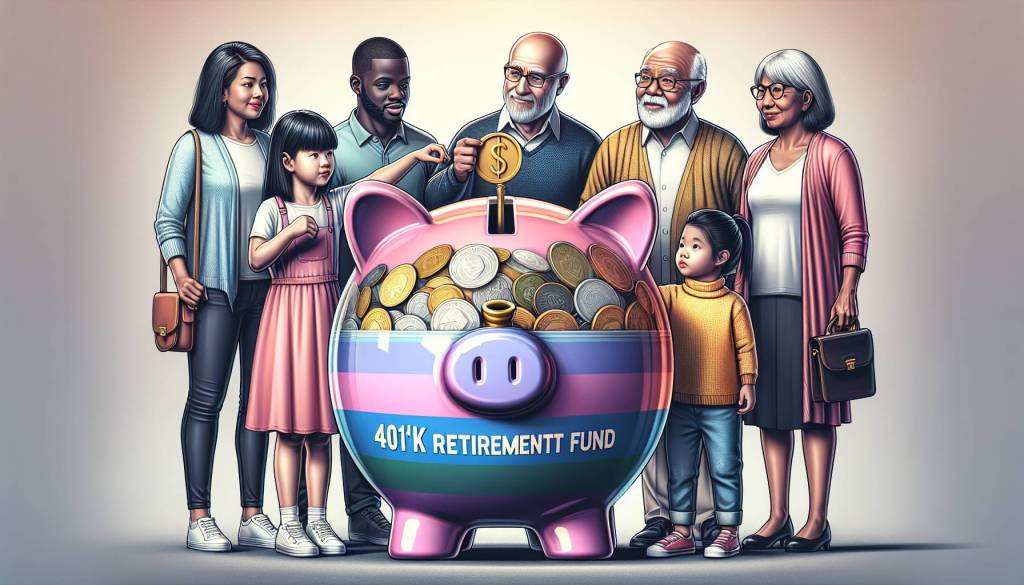The advertising and public relations job market is burgeoning; however, a glaring discrepancy exists between the industry’s predominantly young, Caucasian personnel and the diverse public they aim to reach. Efforts are being made to rectify this disparity, with numerous organizations advancing initiatives for recruitment and promotions that don’t discriminate based on age, race, or ethnicity.
In 2023, industry data revealed that over 50% of professionals in the sector were women, and 80% identified as white. The workforce was mainly younger, with those aged 16-44 comprising 63% of workers. A survey in 2024 showed a slight increase in diversity due to policies aimed at encouraging diversity, with the percentage of ethnic minorities increasing to 25%.
The industry’s lack of representational diversity is a notable problem, raising questions about the credibility of its influence. Authentic voices, stories, and perspectives need to be provided that resonate with a diverse audience. Discriminatory practices need dismantling to create an inclusive culture where every voice is heard. It’s vital for the industry to strive for diversity in every aspect of its operations, from leadership roles to content creation.
Diversity confers numerous benefits to the industry, leading to more innovative concepts, a better understanding of diverse consumer groups, and an atmosphere where everyone feels valued and heard. Diverse teams are better equipped to meet the needs of varied clients, thus improving customer satisfaction and loyalty and ultimately driving business growth and profitability.
A major industry journal recently published insights about demographic disparities within the industry, highlighting the need for immediate structural changes and greater inclusivity. The conversation continues to evolve, with the intent of establishing a business model that is more diverse and inclusive, reflecting the needs and values of all industry stakeholders.
Through open dialogue and targeted strategies, the industry plans to tackle the demographic discrepancy head-on, creating innovative solutions and fostering stronger ties between professionals and the diverse demographic they aim to connect with. The establishment of sustainable frameworks to mitigate this issue is essential for continued support and engagement of different demographics in the future. With tenacity and collaborative effort, a more inclusive and representative industry landscape is envisaged.













